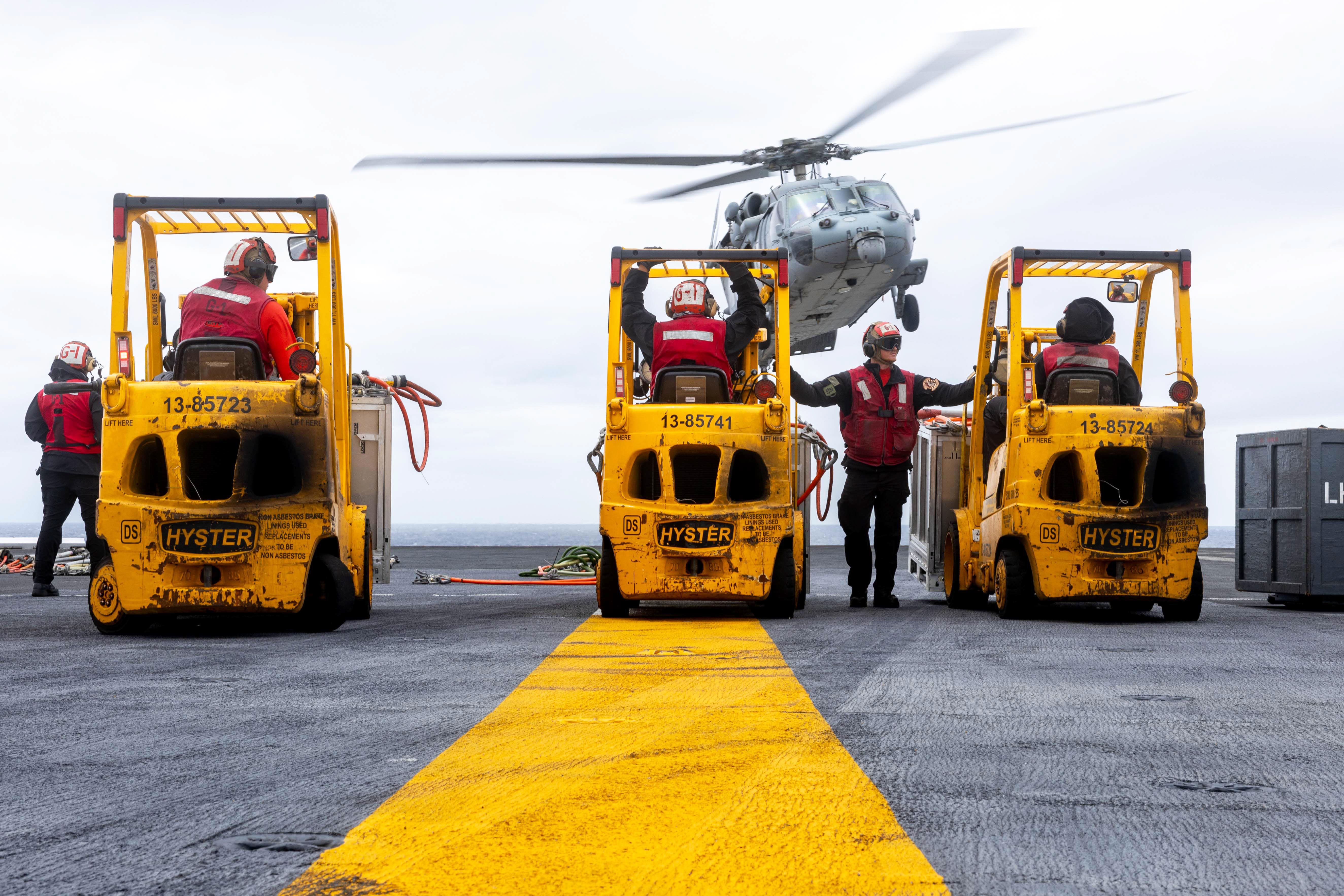Report No.: NAWCADPAX/TR-2006/73
Authors: Valerie S. Bjorn, Christopher B. Albery, Richard L. McKinley
Institution: Naval Air Warfare Center Aircraft Division (NAWCAD), Patuxent River, MD
Publication Date: 2006
Overview
This foundational report from the U.S. Navy’s Aerospace Medicine and Environmental Physiology Division provides one of the most comprehensive examinations of hearing protection use among aviation personnel operating on Navy flight decks. The research sought to quantify how well hearing conservation efforts were working in practice, identify behavioral and equipment-related barriers to compliance, and evaluate the overall effectiveness of the Navy’s double hearing protection policy in one of the loudest work environments on earth.
Through large-scale surveys and field interviews conducted aboard multiple aircraft carriers, the study evaluated the daily experiences of Sailors exposed to continuous and impulsive noise sources from jet engines, catapults, and arresting-gear systems—often exceeding 140 dB SPL. Participants represented a wide cross-section of flight deck roles, including aircraft handlers, catapult and arresting-gear crew, ordnance technicians, and supervisory personnel.
The survey data revealed high awareness but inconsistent execution of hearing protection practices. Nearly all respondents acknowledged the importance of hearing protection and reported access to both earplugs and earmuffs, yet only a fraction demonstrated proper or continuous use throughout their shifts. A major factor limiting compliance was discomfort and fit issues during long watch periods—especially under helmets, goggles, and communication gear. The report documented that poorly fitting earplugs, sweat, and movement frequently led to partial insertion, loosening, or removal.
Another critical finding concerned communication interference. Personnel reported difficulty hearing verbal commands and alarm signals when both earplugs and earmuffs were worn simultaneously. As a result, many operators adopted unsafe “one-ear open” habits or removed protectors intermittently during high-tempo operations. The authors concluded that while the Navy’s dual-protection mandate effectively reduced measured exposure levels in the laboratory, real-world attenuation often fell short of expectations due to human-factor limitations.
Conclusions and Implications
The study emphasized that any sustainable hearing conservation strategy must move beyond simple attenuation and focus equally on comfort, situational awareness, and communication clarity. It recommended continued research into advanced custom-fit systems, improved training in proper insertion techniques, and the integration of communication-enabled protectors to preserve mission effectiveness while preventing long-term hearing loss.
Bjorn, Albery, and McKinley’s work remains a cornerstone reference within the Department of Defense’s hearing protection research portfolio. It directly influenced later development of next-generation tactical and communication earplugs for military aviation and ground operations.
Relevance to Aware
The insights from NAWCADPAX/TR-2006/73 perfectly align with Aware’s defense-to-industry mission. Aware’s 3D Ear Scanning technology eliminates the fit and comfort barriers identified in the Navy study, ensuring full-shift wearability and consistent protection. By integrating biometric monitoring and in-ear communication, Aware advances the exact capabilities the Navy report called for—technology that allows users to protect hearing without sacrificing awareness or mission performance.

